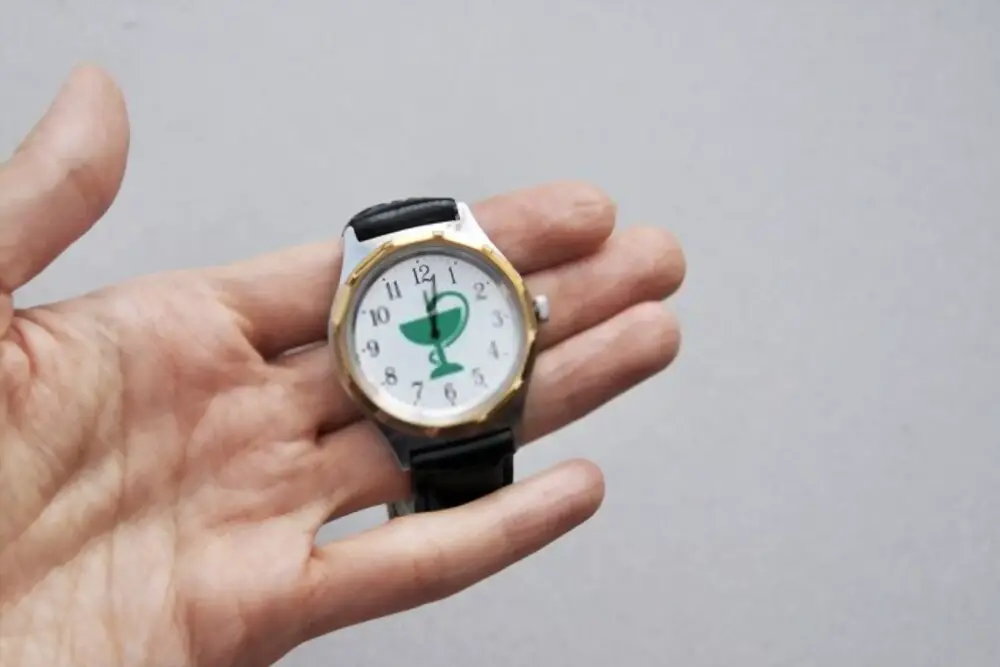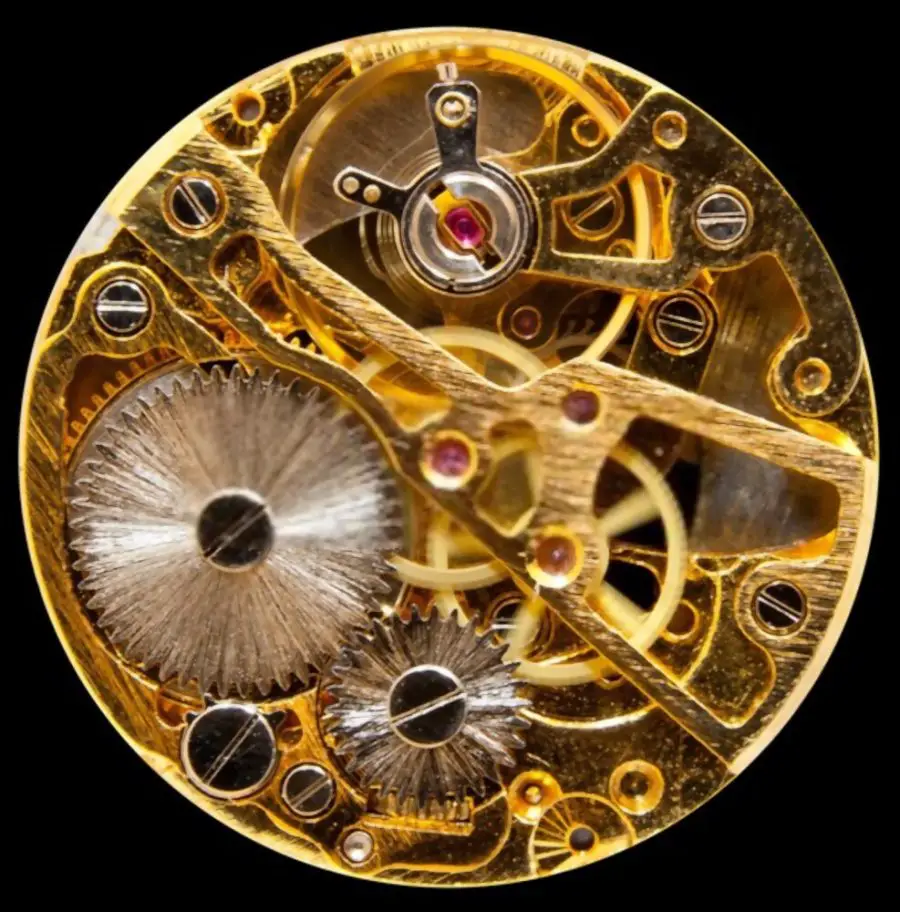Over winding a clock is almost impossible unless the clock is antique or belongs to 1600 or 1700. The clocks require few adjustments and cleaning. A mechanical clock wears down day by day by producing some metal filings on the gears. These filings on the gears make the springs and coils stuck.

Remove the pendulum before removing it from the wall or shelf. If you do not remove the pendulum when you are transporting or shifting even for a smaller distance, it will result in the spring’s replacement. Remove the clock’s hands by holding the minute hand and then turn the nut to the left side. Now both the hands are freed.
Remove the screws that are on the front or back of the case. After removing the screws now, it’s time to remove the clips. Remove the clips carefully that it does not break.
Now remove the clock’s case and examine the gears, cogs and springs of the clock under a bright light with the help of a magnifying glass. You would have seen some debris on the gears and springs. Remove all the debris and dust with the help of a toothpick or a cloth. Gently clean the debris.
If you see any area with lint or dust signs, then spray with a can of compressed air. To complete the cleaning process, apply the clock oil in the places where you will find deposits of the old oil. You can purchase the clock oil from nearby jewellery stores.
You need to apply the clock oil drop by drop to ensure that the clock is not over lubricated. Carefully place the housing in the original position and place the hands of the clock with the nut’s help. Apply a small drop of clock oil on the nut of the hands to keep away from sticking.
How to stop a ticking sound from the clock
A traditional clock will add beauty to the home. But the irritating part of the traditional clock is the ticking sound coming from it. But the main reason for the sound is to notify you of the time for every second. But this may be irritating if you are sleeping and sometimes it might be scary. The only way to get rid of this problem is to keep the ticking sound silence. To do this thing, follow these steps:
First, remove the rear panel of the clock by pinching it and pulling in the outward direction. The back panel will pop out. Keep the back panel aside.
Now spread a paper towel or cloth on the table. Spray some clock oil on the gears with the help of a spray can. Then rotate the hands for thirty minutes, making the excess oil to drip on the paper towel. Then keep the rear panel in the position and hang the clock in the original position. If you notice the sound still, then place an egg tray foam on the clock’s backside, which will help reduce any vibrations and the sounds coming from the clock.
What is an eight-day clock?
Most of the clocks have to be wounded by hand to keep them running. The eight-day clocks are designed to wound the clocks for every eight days. Many of the clocks of this type have springs necessary to give the force required to run the clock. Before the battery clocks arrived, most of the people used the wound clocks.
Functions
Many of the clocks of this type come with a strong spring necessary to produce the force to run the clock. The clock will stop working if the gears will stop turning. To rerun the clock, you have to rewind the spring.
History
The eight days clock and the thirty-hour clocks are the first clocks that replaced the traditional clocks. The eight days clock continued to produce until modern times. Many traditional clockmakers are still producing eight-day clocks.
Fun fact
Many of the eight-day clocks are used in the soviet submarines. These clocks are designed that they can withstand the stress and pressure.
How to fix battery operated clocks
Nowadays most of the clocks are battery operated clocks. Sometimes these battery operated clocks also stop working. The main reason for this is one, or both the batteries have lost their charge. To determine whether the batteries lost their charge or not check the battery’s ends if they are turned to green or white colour. To fix these issues, you need to replace the batteries.
First, remove the battery case with the help of your fingertips or nails. Then with a screwdriver or tongs remove the batteries by wearing a glove. After removing the batteries:
- Rub the battery compartment with the help of a brush and acetic acid.
- Clean it with the help of a cloth.
- Replace them with new batteries, and the clock starts working.
How to clean clock with turpentine
When you look at a clock, you think that the clock is made with specific parts. But when you dig deep into the clock, you come to know that the clock is made up of 500 different parts. To maintain the clock in perfect condition, you need to clean the clock regularly. Turpentine is one of the cleaning agents who will be helpful in cleaning. But before applying any chemical to the clock, consult a clock mechanic. It would be best if you had a screwdriver to remove the panel of the clock.
After opening the panel of the clock, clean it with a cloth. You can also use a compressed air which will help you to remove the dust that stuck behind any parts. Avoid touching the delicate parts of the clock.
Dip a cloth or cotton swab in turpentine oil. Look for the springs and coils to use the turpentine oil. Only use the turpentine oil if your clock can withstand it or your clockmaker suggests you use it. Don’t touch any plastic parts with the turpentine oil.

